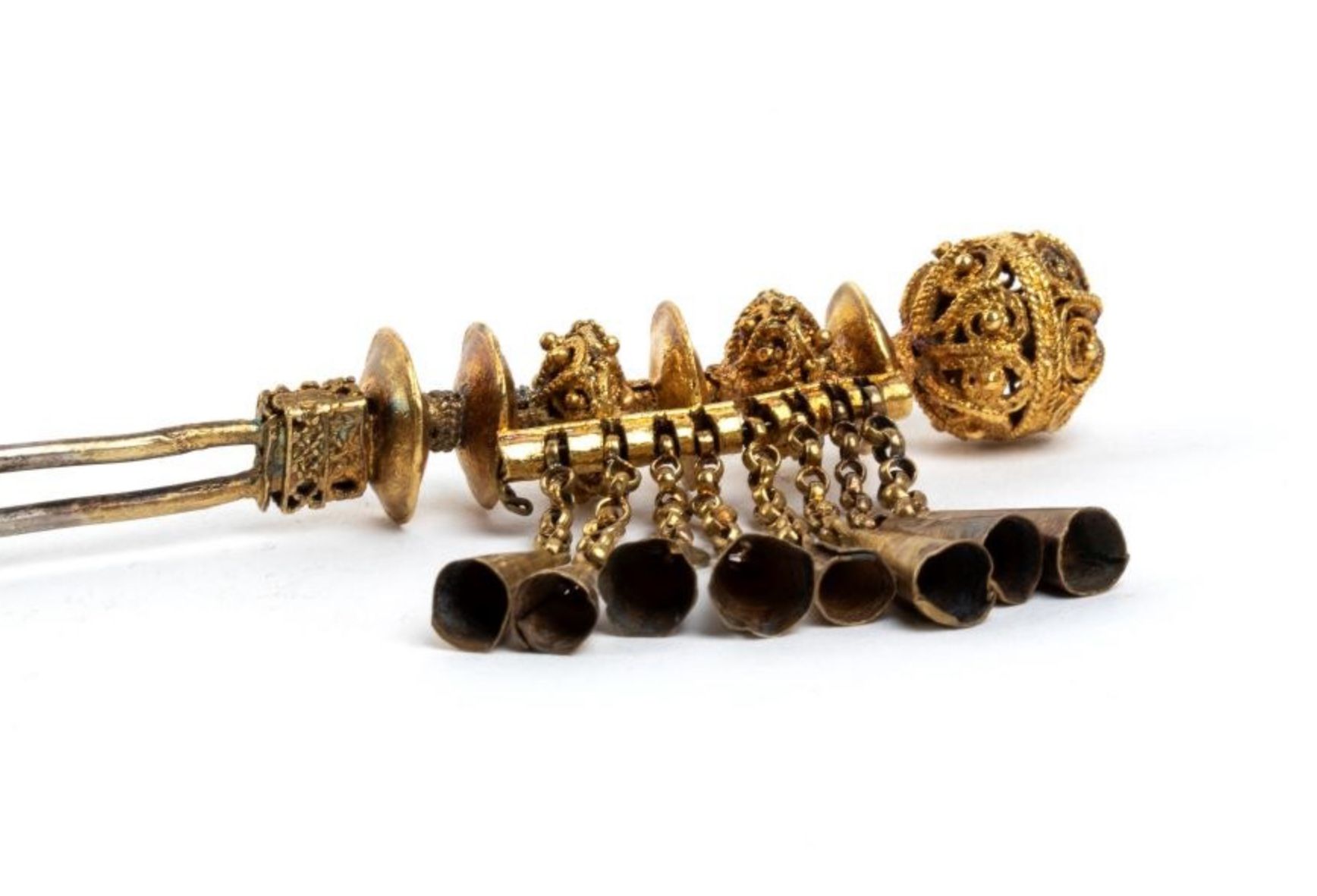Cultural Restitution
SHARE ARTICLE
Last week, a delegation of Naga people signed a declaration that will lead to the return of 41 Naga ancestral remains currently held in the Pitt Rivers Museum, Oxford. We are here, declared nine tribal leaders, “to reclaim and return you to the homelands where you were taken.”
The ceremony marks the first phase of a repatriation process and follows what Dr Ellen Konyak Jamir of Recover, Restore and Decolonise Group described at the ceremony as “a powerful and transforming week.”
A large delegation from Nagaland, a small state in the north-eastern region of India that was colonised by the British in the 19th century, spent a week at the Museum in June reconnecting with their ancestors. The delegation was given exclusive access to the remains on which traditional Naga shawls were laid by delegates in homage to their ancestors.
In addition to leaders and elders of several Naga tribe hohos, the delegation included members of the Forum for Naga Reconciliation and members of Recover, Restore and Decolonise Group (rradnagaland.org).
There are more than six thousand Naga objects in the Pitt Rivers, representing about 1% of the Museum’s entire collection. We understand it to be the largest collection of Naga material anywhere in the world. The first Naga ancestral remains were donated to the Museum in the 19th century by an English-born anthropologist and administrator in the Indian Civil Service called John Henry Hutton. However, the focus of this delegation involved the return to Nagaland of 41 ancestral human remains. There are a further 178 Naga objects in the collection that contain or may contain human hair, but a discussion over this material will be explored in the future.
Discussions with the Naga have been ongoing since September 2020. After reading in the press of the Museum’s decision to remove all human remains from public exhibition, it was Prof Dolly Kikon of UC Santa Cruz, who reached out to the director of the Pitt Rivers Museum and started a process that led to five years of dialogue.
“Our ancestral remains, including the material artefacts at this museum, must move beyond institutional understandings of property and conservation. It is through such partnerships grounded on mutual trust and respect to listen and dialogue between museums and Indigenous communities that we can work towards healing and restoring the task of redress, care, custodianship.”
Prof Dolly Kikon, University of California, Santa Cruz
This latest Naga delegation was praised by Prof Dr Laura van Broekhoven, for their leadership and organisation. But in turn, the Museum was praised by Dr Jamir for its commitment to ethical stewardship and a willingness to confront difficult histories.
Establishing ‘transformational and regenerative partnerships’ with source communities has become a watchword under van Broekhoven’s directorship, as she places cultural care at the heart of the Pitt Rivers Museum. Whether it is with the Maasai, Shuar, Evenki or Naga people, the Museum looks forward to reconciliation and healing in the future. “I hope we can support and hold each other throughout this process,” said van Broekhoven.
The Museum now awaits a formal claim from the Naga for the return of their ancestral remains. That claim must first go before the Museum’s Board of Visitors and ultimately to the University’s Council for final approval. But van Broekhoven hopes the process of repatriation already underway means the Museum can respond in a timely manner. It may even beat its fastest time of 18 months!
Photo: Naga Delegates at the Pitt Rivers Museum, June 2025
Courtesy of Pitt Rivers Museum, University of Oxford
More News



